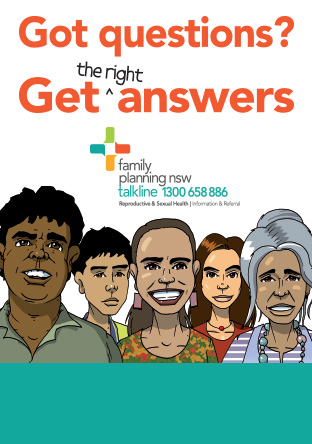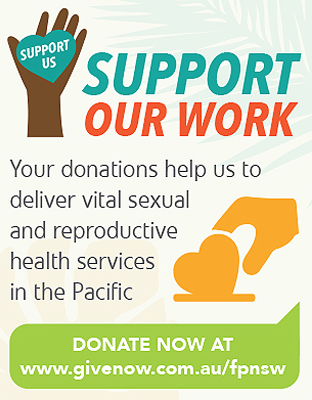Premenstrual Syndrome (PMS)
What is premenstrual syndrome?
Premenstrual syndrome (PMS), which is sometimes called premenstrual tension (PMT), refers to a range of physical and emotional symptoms that some women get in the second half of their menstrual cycle before their period starts. Most women will get some of these symptoms, even if they are only mild. Some women have severe symptoms, which can result in discomfort and be distressing for a week or two every month. Symptoms start about 4 to 10 days before a period and usually stop once bleeding begins. Symptoms can vary from woman to woman and can vary from one cycle to the next. Very severe PMS is called premenstrualdysphoric disorder or PMDD.
The most common symptoms of PMS include:
- tiredness
- mood changes - feeling down, tearful, irritable, anxious, angry
- nausea
- food cravings
- aches and pains
- sore breasts
- abdominal bloating and constipation
- headaches (or even migraines)
- difficulty concentrating
- acne
- fluid retention
PMS disappears completely once the period is over, so there’s always a time in the cycle when you have no symptoms at all.
What causes PMS?
The exact cause of PMS is not known but it is likely to do with the the way that hormonal changes after ovulation affect a woman's body. Stress levels, psychological state, poor physical health, our genetic makeup, cultural and social environment and changes in brain chemicals called neurotransmitters (like serotonin) may all influence the development of PMS symptoms. Being overweight with a high body mass index (BMI) and smoking can increase the chance of developing PMS.
What can I do to help reduce PMS?
There are a number of things you can do to help improve your PMS symptoms. It may be useful to keep a calendar record of your menstrual cycle so you know when your symptoms usually start. You can then try to manage them by avoiding things that cause you stress around that time.
Most PMS symptoms can be managed with lifestyle changes, such as exercise and diet. Lifestyle changes that can help:
- a healthy lifestyle seems to help with PMS symptoms
- eat plenty of fruit, vegetables and whole grains and cut down on salt, coffee, alcohol, sugar and cigarettes.
Some women find that eating smaller meals more frequently helps as well
- get some regular exercise - choose a physical activity you enjoy, and aim for 30 minutes of moderate intensity activity on most, if not all, days especially when symptoms are at their worst
- get plenty of sleep - try to lower your general stress level. Consider learning relaxation techniques, yoga, meditation or tai chi, or have a regular massage
What is the treatment for PMS?
Many women don’t need medication once they recognise their PMS and make some lifestyle changes. Some women find medications helpful – the ones that are effective are:
- calcium supplements (600 mg calcium carbonate twice daily)
- vitex agnus-castus (chasteberry extract)
- antidepressant medications (selective serotonin reuptake inhibitors or SSRIs) - if taken in low doses before your period starts, they may help the mood swings of PMS.
These medications need to be prescribed by your doctor. They can have side-effects when you take them such as sleeplessness, nausea, dry mouth and dizziness
- your doctor might suggest an anti-prostaglandin (for pain/cramps), anti-inflammatories or a spironolactone diuretic (for bloating)
Complementary therapies such as acupuncture, naturopathy, high doses of vitamin B, evening primrose oil and progesterone creams and tablets are also used by some women - there is very little evidence that any of these therapies work well.
The combined oral contraceptive pill (the Pill) can help relieve symptoms for some women. It might be a good option if you need contraception as well. The Pill stops ovulation which can make periods lighter and less painful. The Pill is also a constant dose of hormones each day and for many women this will improve their symptoms of PMS. Other hormonal contraceptive methods such as the contraceptive injection or implant which stop ovulation may also work to reduce PMS. Consult your doctor for further information regarding hormonal treatment options.
If your symptoms continue after your period starts, then there may be something else causing them, like depression, menopause or thyroid problems. PMS symptoms can often get worse when a woman is in her thirties and may continue to be a problem until menopause. If your symptoms are very severe or seriously impacting on your quality of life, you should discuss them with your doctor.
For more information
Family Planning NSW Talkline – www.fpnsw.org.au/talkline or 1300 658 886
National Relay Service (for deaf people) – 13 36 77
TIS National's interpreting service – 131 450
Visit your nearest Family Planning NSW clinic – www.fpnsw.org.au/clinics


